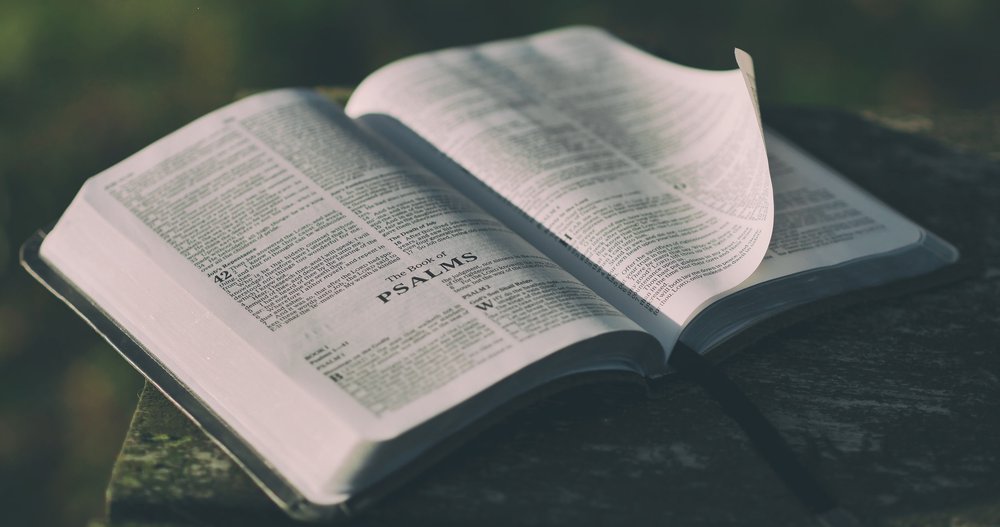Words from Saint Stephen's: BODY
The word BODY carries a load as heavy as Atlas.’
The body also looms, physically and symbolically, in our lives and dizzyingly different world events: COVID, Russian troops moving into Ukraine, and the death of Zen Buddhist monk Thich Nhat Hanh.
Michelangelo, “Atlas,” 1525-30, h. 9 ft., Accademia, Florence
Just listing these examples highlights the body’s many facets, ones that can merge into complete wholeness for an integrated, multi-dimensional Self.
Such Selves nonetheless differ profoundly.
So I offer thoughts on the body and approaches to wholeness to explore their importance and versatility.
First, two foundations.
One: Most creation stories agree that to BE in this world we humans need a body, a Hereness that we can touch, a Presence that interacts and affects others.
This “present” body thus provides its most familiar aspect: as marker of identity especially for volatile social issues like race, sex/gender, and “disability.” The body is also a famously variable instrument of social power, from predation to help to synergy.
Two: Everything that comprises Being coalesces in the aware body, with its limbs, organs, and faculties. Many thinkers concluded: “I feel, therefore I am,” the 18th-century challenge to Descartes’ “I think, therefore I am.”
BEING, in this view, involves the interplay of the body, soul/imagination, and universe. It thus denies the body and beyond are merely reactive physical matter. It also dismisses the body as the spirit’s seducer, even prison, as some see Michelangelo’s figure.
In Scripture, Paul (for instance, I Cor. 6: 19-20) calls our harmonized dimensions (as did I), “wholeness:” for him, respect for the body and its collaboration with our soul, spirit, and the divine.
Such is the wholeness of the body sought by musician Pau Casals and athlete-missionary Eric Liddell, honored last Tuesday, February 22.
Likewise for activists seeking justice and self-love for African Americans.
As antidote to the bodily horrors of enslavement in her novel Beloved, Toni Morrison urged Blacks to celebrate their free bodies through a once-enslaved holy woman:
Toni Morrison
“ . . . in this here place, we flesh; flesh that weeps, laughs; flesh that dances on bare feet in grass . . . Love it hard.”
White poet Mary Oliver did just that to shed her own grim past. Her wholeness of the body included communion with divinely created nature, exploring its kinship and differences to her body. Her poem “On Meditation, Sort Of” describes her lounging under a tree, half asleep, the seasons of the created world flowing through her mind until she awakened thinking,
how wonderful to be who I am,
made out of earth and water . . .
all that glorious, temporary stuff.
These varied approaches to wholeness of the body find significance in so much, from dynamic public actions to dozing. Centered on the body, linking what’s within and beyond, the possibilities are endless when pursued mindfully and meaningfully. So, in retreat, I wander a Low Country forested marshland to open to extraordinary nature—and the lessons of the once-enslaved Black farmers buried here.
— Suzanne Glover Lindsay, St. Stephen’s historian and curator


